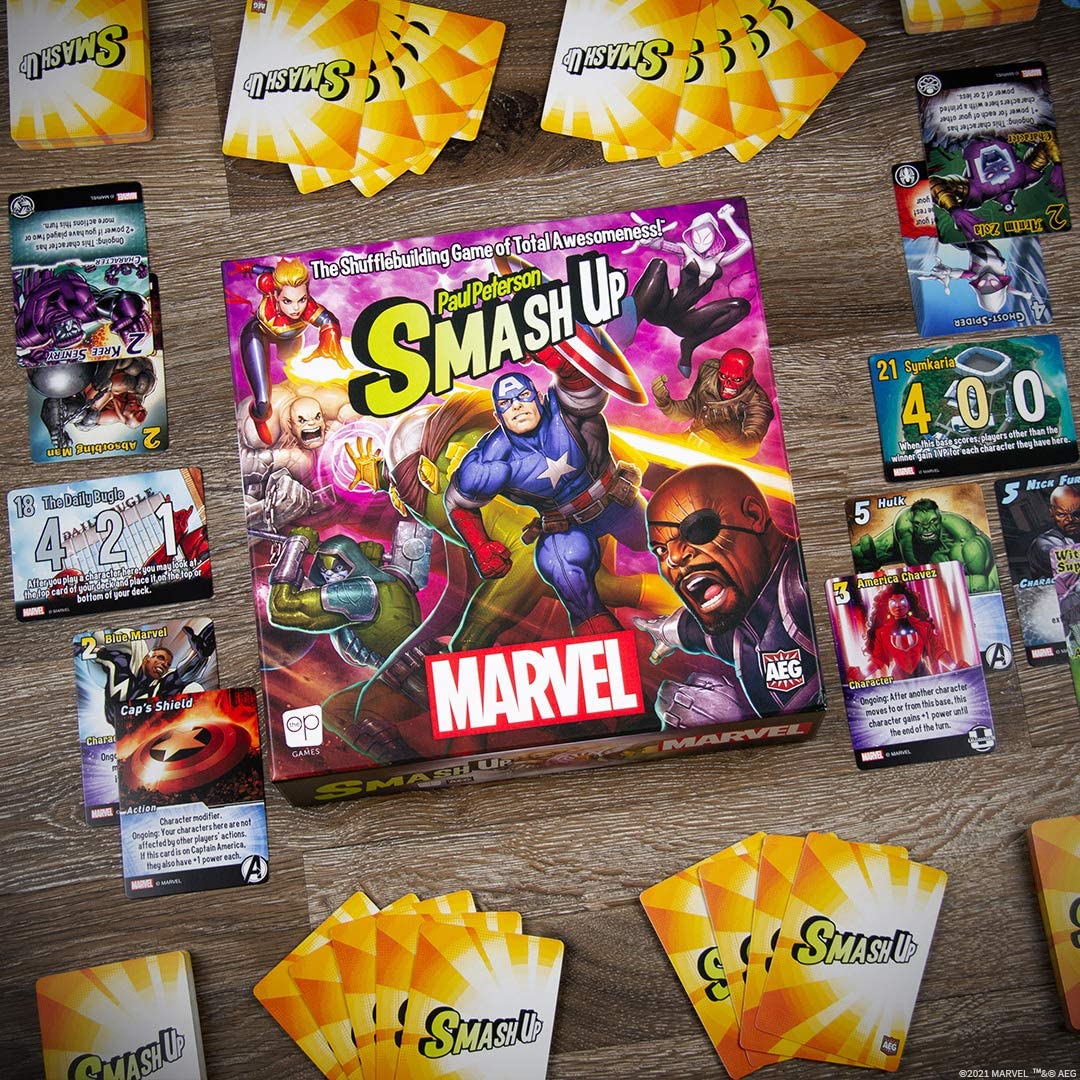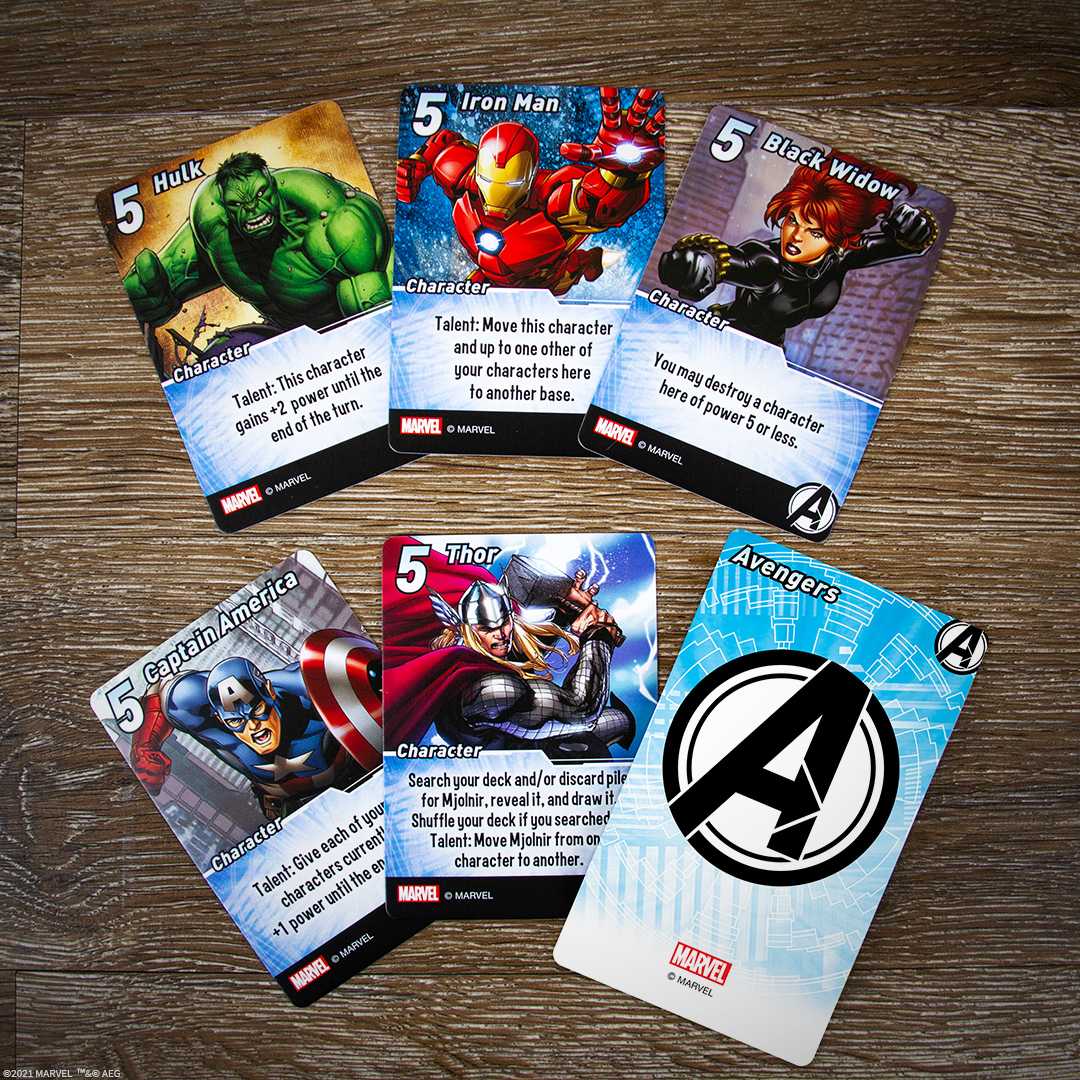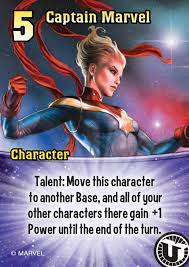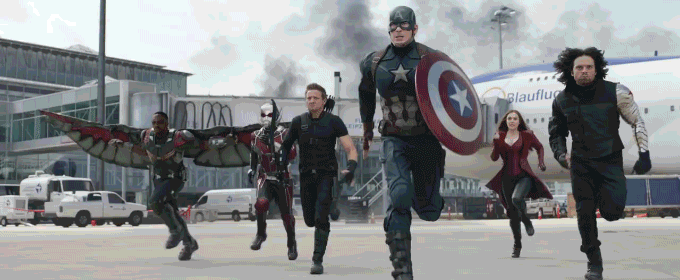Hello everybody! Welcome back! Today we’re returning to the world of, shall we say, analog gaming. This is Smash Up: Marvel, a stand-alone expansion to the card based, faction driven game series Smash Up by Alderac Entertainment Group (AEG), though this particular set was done alongside The op. It can be played on its own, or be mixed and matched with other Smash Up sets.
Without further ado, let’s dive right in!
Overview
Smash-Up: Marvel is a purely card based game. No board, no mat. Some tokens for counting out points, but they’re fairly basic, and the main focus is on the cards themselves. The goal of the game is simple. Build the strongest force and use those cards to take over the base cards, earning points. The first player to get fifteen points wins.
The faction element I’ve mentioned comes in the fact that the majority of the cards are divided into eight factions, each with twenty cards. At the beginning of the game each player picks two factions, and uses those two to make their deck.
And that’s…really it. A fairly basic concept, but not a bad one. Not every game needs to be complicated, and this makes an interesting game out of a relatively simple premise.
Presentation

Honestly, the presentation of the game is much like the game itself. Simple, but good. All the cards are of good quality, with legible text, clear explanation of the card’s effects, and good art. I suspect that said art is taken from comics, rather than original to the game, but I couldn’t say that with one hundred percent certainty. Regardless of if it’s original or pre-existing however, it’s good art. Albeit entirely from modern Marvel comics. Which doesn’t bother me, but if you were hoping for some of the classic characters to have Silver or Golden Age art…no, that’s not here.
And…that’s about it really. The tokens are nice, but more in a ‘that’s not ugly’ way then in a ‘that is a nice token’ way. And the rule book is clearly laid out and easy to use. But there’s not much else to say beyond that, so let’s move on.
Setup
The setup process for Smash Up: Marvel is fairly straightforward. There are one hundred and sixty Game Cards, divided amongst the eight factions of the game: Avengers, Ultimates (Space Avengers, from the Al Ewing books), Spider-Verse, S.H.I.E.L.D., Sinister Six, Masters of Evil, Kree, and Hydra. I’ll be honest, I’m not sure why the Kree are here instead of…any number of factions with more popular characters. The best I can guess is that they wanted an equal split of villainous and heroic factions, and couldn’t use the X-Men or Fantastic Four characters. Each faction has their own benefits and strengths, with their cards geared for specific things, so there are reasons to use particular factions beyond just the characters in each. But still, it’s…an odd choice.
Regardless, each player picks two factions. This can be done in a draft of sorts, where players go around taking their picks, or everyone can just pick their favorites. After that, each player shuffles the two faction decks together (there’s a logo on the bottom right of each card to help designate which faction they belong to) to give themselves a deck of forty, and the other type of cards, the Base Cards, are then laid out. There should be one Base Card for each player, plus one (so five Base Cards if four are playing).
Each player draws five cards from the top of the deck. If you don’t get any character cards you can show your hand to the others, draw a new hand, and shuffle the old hand back into the deck. You have to keep the second hand however. Which, given that each faction has a different number of characters, can present a problem with certain deck make-ups, but that’s the risk of a card game.
Gameplay

Gameplay starts off fairly simple. At the start of your turn you can play one character card, one action card, or one of each, but you don’t actually have to play any cards. To play a character, you simply put a character besides a base card, facing you, and do what the card says. To play an action, show the card and do what it says. Some action cards are modifiers, and are set next to a base or character. If it’s not a modifier, you discard it after use.
Each set of text on a card is called an ability, which fall into three categories-Ongoing, which are either always taking effect as long as their conditions are met or waiting for a particular trigger, Special, which are activated under unusual conditions described on the card, or Talent, which can be activated once during each or your turns before you tally up scores.
Once you’re done playing cards and activating abilities, you look at the cards you’ve placed on a base, and tally up their power (each character has a number on the top left corner of their card, ranging from two to five, that serves as their power number), then compare it to the breakpoint of the base. Each base card has four numbers on it. Three in the middle, and one in the upper left. The upper left number is the breakpoint, while the middle are the points awarded for breaking, split among the players who have characters on that base.

So, for example, Avengers Tower has a breakpoint of twenty-two. The player who had the most power on the base when it’s scored will get four points, the one with the second most will get two points, and the third will get one point. Certain cards have the ability to reduce the power of other cards, but once a base has reached breakpoint and is being scored, the scoring can’t be stopped. So if you’re behind or tied on a base you can get an advantage, but if you’re not on a base at all you can’t stop it.
After all available bases have been scored, the player’s turn then draws two cards. If this puts your hand over ten cards, you must discard down to ten. After that, the end turn begins. Some cards have effects that happen now and must be resolved. Likewise, now is the time to tally up everyone’s points and see if someone’s the winner. If one player has fifteen or more points, then they’re the winner, game over. However, if two or more players are tied at fifteen or more, than play continues until one person has the most points.
And…that’s about it really. Smash Up: Marvel is a fairly simple game to explain. The complexity comes in the various effects of the cards, and the skills and effects unique to each faction.
Final Thoughts

All in all, I rather enjoyed my time with Smash Up: Marvel. I have no real complaints about the game. Even my Kree comments are more just lighthearted nitpicking than anything serious. It’s a good game, with good mechanics, good presentation, and easy to understand rules and instructions. And even if you’re just a casual Marvel fan, you can still enjoy this easily enough. I genuinely highly recommend this for anyone into card games, or even just thinking about getting into them.
[rwp_box id=”0″]
Images Courtesy of AEG and The OP Games
Have strong thoughts about this piece you need to share? Or maybe there’s something else on your mind you’re wanting to talk about with fellow Fandomentals? Head on over to our Community server to join in the conversation!

